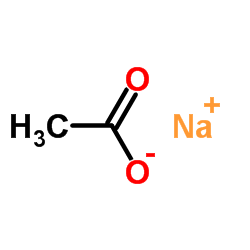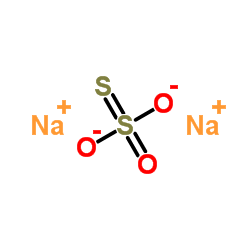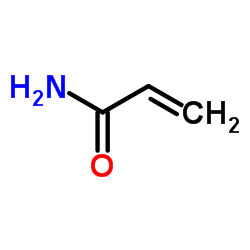| Structure | Name/CAS No. | Articles |
|---|---|---|
 |
Sodium acetate
CAS:127-09-3 |
|
 |
sodium carbonate
CAS:497-19-8 |
|
 |
Ethanol
CAS:64-17-5 |
|
 |
Hydrochloric acid
CAS:7647-01-0 |
|
 |
Methanol
CAS:67-56-1 |
|
 |
sodium dodecyl sulfate
CAS:151-21-3 |
|
 |
ammonium persulfate
CAS:7727-54-0 |
|
 |
Sodium thiosulfate
CAS:7772-98-7 |
|
 |
Acrylamide Crystals
CAS:79-06-1 |
|
 |
Formaldehyde
CAS:50-00-0 |